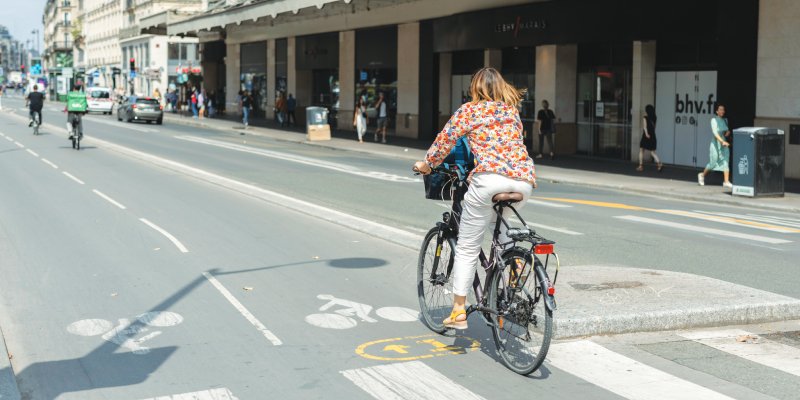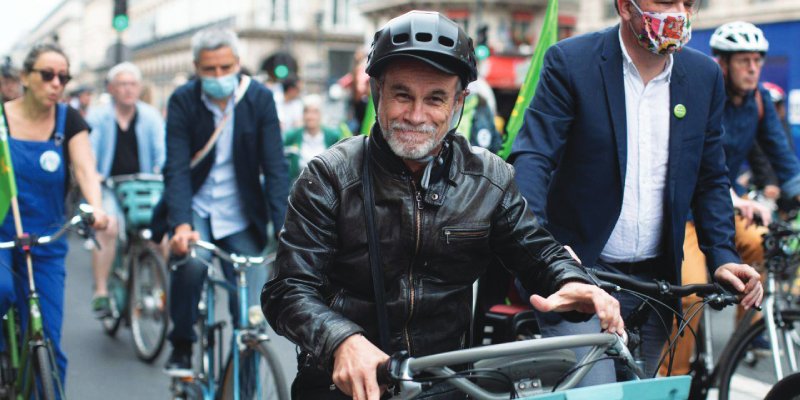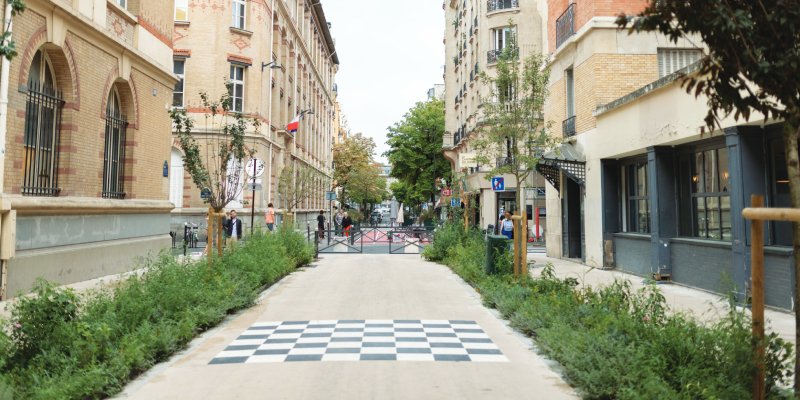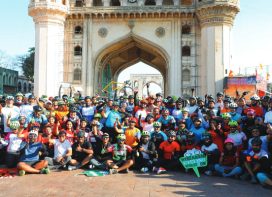
Prof Carlos Moreno, Associate Professor, Panthéon Sorbonne University, and Co-founder & Scientific Director, ETI chair
To optimise sustainable urban living, the 15-minute city concept is hailed as a spatial development model to help foster a more local, healthy, equitable and sustainable way of life. In an interview with TrafficInfraTech, Prof Carlos Moreno, Associate Professor, Panthéon Sorbonne University, and Co-founder & Scientific Director, ETI chair speaks on the 15-Minute city model and how it can positively impact urban environments economically, ecologically and socially.
As an emerging concept/model first proposed by you in 2016, the ‘15-Minute City’ is now being applied in major European cities, including Paris and Barcelona. Could you please tell us how you decided to do this experiment and what motivated you?
The concept of the ‘15-Minute-City’ is indeed having a great international impact. It is favoured by the involvement of large pioneer cities, such as Paris and Barcelona, in their sustainable and happy urban transformation. For the past two years, the popularization of the 15-Minute-City has been reinforced by the enthusiasm of international associations and organisations for this urban model: UN-Habitat, C40, UNEP…
This result is the outcome of my work since the early 2000s. I questioned urban functioning through the lens of my expertise in research and reflection on complex systems (in the sense of Henri Laborit and Edgar Morin: any entity can only be understood in relation to its environment and must be studied in its context and according to its interdependencies).
The golden age (2010s) of the technicist, cold and digital smart-city motivated me to develop an urban model that is anchored in modernity by its sustainability and humanity, not its technology. This research led to the ‘15-Minute-City’. The proximity at the very centre of the concept makes urban life desirable and more pleasant for its inhabitants and reduces the carbon footprint of urban systems.
With your experience in robotics and artificial intelligence, how do you envision the way that the living will be considered and its integration with technology in future cities?
The technological shift promised by the “smart city” – a utopian intelligence where new technologies were supposed to optimize and rationalize hyper-connected cities – has not occurred. Cities and urban operators have been overwhelmed by time-consuming, expensive and not very useful technological solutions (smart grid, BIM, etc.). The failure of Google’s “Smart city” project, carried out by its subsidiary Sidewalk Lab in Toronto, was a marker of the end of technicist illusions.
Nevertheless, it is not about pitting cities against technologies, but about rethinking the very notion of the “smart” city. I consider that an intelligent city is one that manages to articulate the components of its ecosystem to improve the quality of urban life.
The 15 minute city is part of a society in which digital technologies and uses are omnipresent. Physical and digital do not oppose each other but complement each other, because proximity is not only a metric: it is cultural, social and technological.
It is a question of renewing the consideration of digital technology in our cities, from the point of view of use and centered on the inhabitants and users, so that technologies facilitate and enrich the daily experience of individuals.
Finally, the answer to your question is already in front of us: technologies are omnipresent in our urban spaces, in our homes, in our modes of mobility, in our bodies. We are going to continue in this direction, with, I hope, technologies serving sustainable development, social links and solidarity.
How did your research help in taking a fresh approach to the urban question?
The concept of the 15-Minute-City has renewed the way we consider urban problems because it is a sensitive approach, based on everyday life and understandable by everyone. Everyone wants to live better, in a more cohesive and sustainable city, and to have access to their essential needs in the vicinity. Its implementation can be initiated gradually, by citizens as well as by elected officials.
It is complementary to the studies of urban planners and geographers, located and localised, at the scale of the territory or project.
Moreover, it is the first concept that proposes a common response to the environmental crisis, the social crisis and the rejection of urbanity.

What has been the global success of the ‘15-minutes city ‘concept?
From my point of view, the major success of the 1/4 hour city is its appropriation by a variety of cities, mayors and inhabitants across the world. This demonstrates a shared set of values and ambitions and it makes me optimistic for the future of our cities.
A few key moments are worth noting in order to foresee the success of the concept:
- The COVID-19 crisis accelerated the effective implementation of the 1/4 hour city. The confinement and the proximity imposed led to the development of exceptional measures. On all continents, several cities have developed bicycle lanes, enlarged their terraces, and developed new local services for healthy food and health. In the context of the crisis, the answers provided by the 1/4 hour city have been unanimously approved.
- Then in 2020, the International Association of Mayors promoted the 15-minute city idea as a blueprint for post-COVID-19 recovery.
- The effective implementation of the concept in the city of Paris since 2020 and the visible results of an improved quality of life are also a marker, in my opinion, of the effectiveness of the concept.

How can the experiment be replicated here in India?
Indeed, the 15 minute city model is really efficient in dense and compact cities where the population density implies a sufficient demand for services, needs, equipment and infrastructure to develop a very fine local network.
I can only make some simple suggestions here, so that Indian city transforms toward a 15-minute city. A real transformation would need a real diagnosis, guidelines and a transformation plan. Here is, thus, my first suggestion, diagnosis, guidelines and communications about it, with the implication of citizens in the process. Then, I would recommend a three step strategy, with different points of focus: development of carbon free and active mobility, increase of the density of public services and amenities, transformation of the built environment to foster sociability.
 TrafficInfraTech Magazine Linking People Places & Progress
TrafficInfraTech Magazine Linking People Places & Progress


